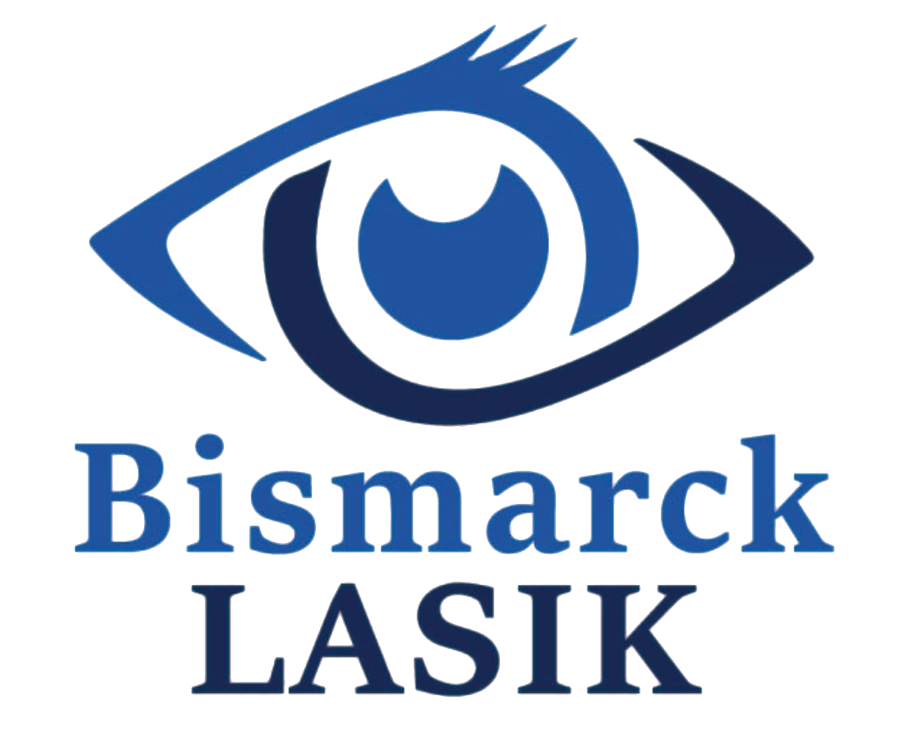LASIK and PRK
Laser refractive procedures are so popular because they allow not only more freedom from glasses and contacts, but also the chance to see better than you would with corrective eyewear. There are several types of refractive eye procedures including LASIK (Laser In Sit Keratomileusis) and PRK (Photorefractive Keratectomy). Both of these procedures can help reduce the need for glasses or contact lenses, a benefit that has made both procedures widely popular. LASIK and PRK can treat the following vision problems:
- Myopia (nearsightedness)
- Hyperopia (farsightedness)
- Astigmatism (uneven lens or cornea, resulting in blurred vision)
As safety is always a priority, sometimes certain structural characteristics. Such as thin corneas and/or scarring can disqualify someone from being a good LASIK candidate. In these situations, you and your doctor might consider PRK as an alternative procedure to correct your vision. Both LASIK and PRK involve reshaping your cornea, the front part of the eye that enables you to see. Your surgeon will review all of your tests and measurements and will only recommend the procedure he thinks is safest for your eyes. During this comprehensive exam you will want to stop wearing your contacts anywhere from 3 days to a couple of weeks before the consultation/procedure. The doctor can tell you when to stop, based on the type of contacts you have.
ADVANCED LASER TECHNOLOGY
Bismark LASIK is pleased to offer wavefront-optimized treatments for every patient, and topography-guided treatments in selected patients. Advanced laser technology reduces mild visual imperfections (called higher-order aberrations) and therefore allows superior night vision and less chance of glare following LASIK. Every topography-guided treatment is customized to the patient's individual corneal curvature. Both technologies use an advanced pupil tracking system which tracks at 10 times the speed of normal eye movements. This, coupled with iris registration, ensures a well-centered treatment in every patient.
Watch these brief videos to start the LASIK experience and learn what's possible for your vision.
Or scan QR code to watch at your convenience from your phone.
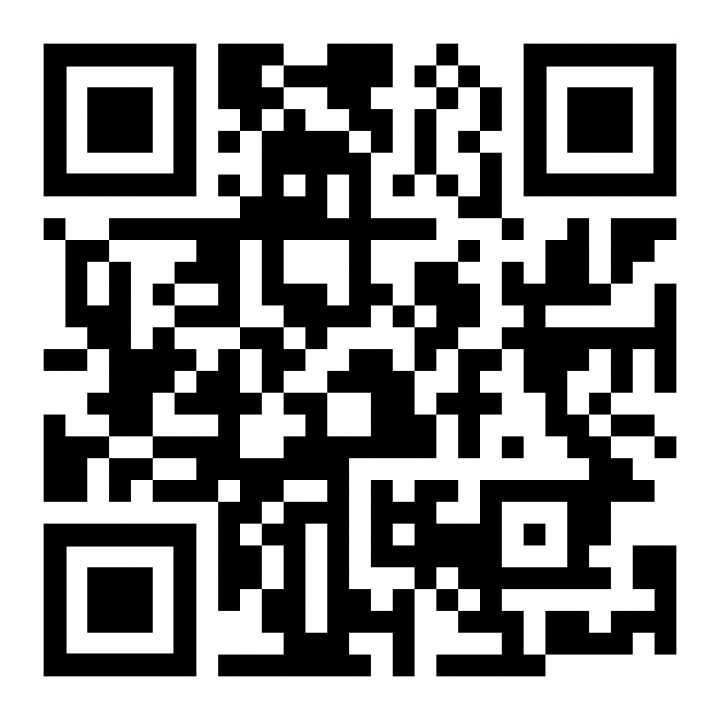
VISION BASICS
A normal, healthy eye sees clearly, without any correction, because the cornea precisely bends light onto the retina at the back of the eye. However, if the light is bent incorrectly - due to myopia (nearsightedness), hyperopia (farsightedness), or astigmatism - the result is blurred vision. Glasses and contact lenses have traditionally been the go-to solution to these visual problems.
Today, Refractive Surgery is not just a more convenient option, it's the most popular elective procedure in the world.
Refractive Surgery improves your vision by surgically reshaping the cornea. It will also dramatically reduce or eliminate your dependency on corrective lenses. The two most commonly performed refractive procedures are LASIK and PRK, and while there are distinct differences in the two techniques, both procedures are equally effective for vision correction. To determine if you are a good candidate for refractive surgery, as well as which procedure is best for you, our doctors will conduct a thorough, diagnostic evaluation of your eyes, including but not limited to the shape, thickness, contour and any irregularities of your cornea.
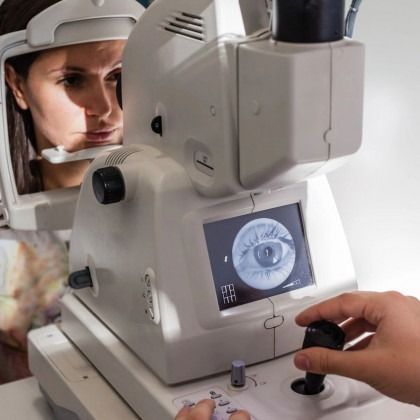
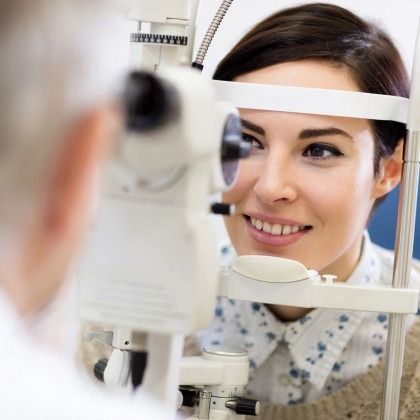
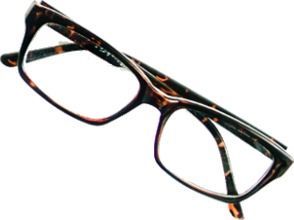
LASIK (Laser In Situ Keratomileusis)
LASIK vision correction is a relatively quick procedure. Dr. Wexler uses a femtosecond laser to create a small, hinged flap on the cornea. Once the flap is created, it is folded back and the excimer laser - programmed specifically for your unique prescription -- is used to reshape the cornea to correct your vision. After the treatment, the flap is gently put back in place where it heals overnight. Post-operative discomfort is minimal, and most patients are able to see well enough to drive themselves to their postoperative visit and return to work the next day.
PRK (Photorefractive Keratectomy)
Not all patients are good candidates for LASIK. Some people have corneas that are too thin for the amount of correction required. Others have an unusual corneal surface or some scarring. For those patients, PRK is often an excellent option. With PRK, a corneal flap is not required. Instead, Dr. Wexler will gently remove the epithelium, the surface layer of the cornea. Then, using the same excimer laser used for LASIK, he will reshape your cornea. A bandage contact lens is then placed on the eye and is kept in place for 5-7 days while the epithelium heals.
The advantage of PRK is that it allows patients who may not otherwise be candidates for refractive surgery to have their vision corrected. But there are a few disadvantages of which you should be aware: Because the epithelium needs to heal, the first 3-5 days postoperatively can be uncomfortable, and vision will be blurry during that time.
In addition, full visual recovery takes longer than with LASIK. Most people return to work within a week and vision gradually improves over the next several months.


ADVANCED LASER TECHNOLOGY
Bismark LASIK is pleased to offer wavefront-optimized treatments for every patient, and topography-guided treatments in selected patients. Advanced laser technology reduces mild visual imperfections (called higher-order aberrations) and therefore allows superior night vision and less chance of glare following LASIK. Every topography-guided treatment is customized to the patient's individual corneal curvature. Both technologies use an advanced pupil tracking system which tracks at 10 times the speed of normal eye movements. This, coupled with iris registration, ensures a well-centered treatment in every patient.
